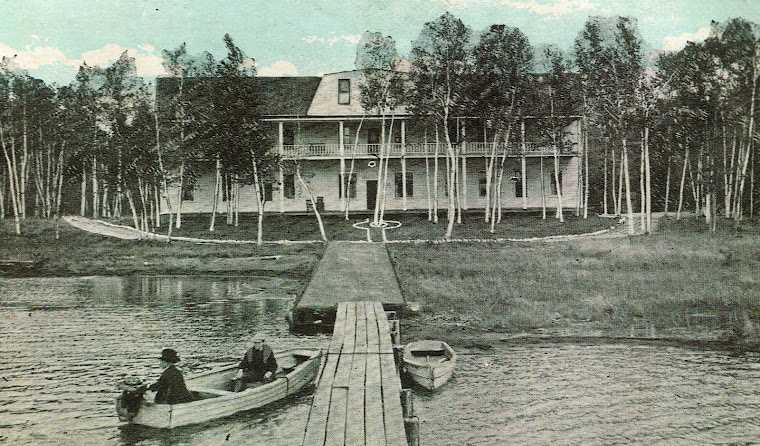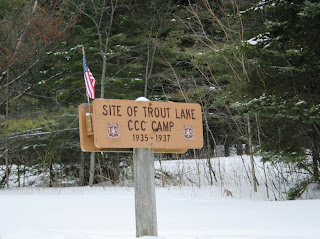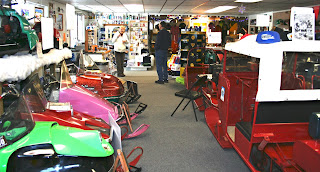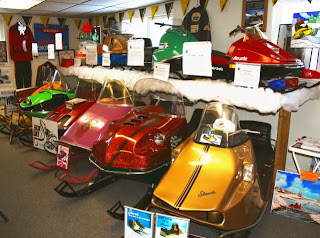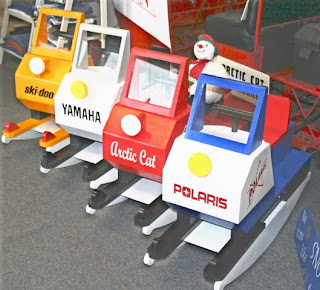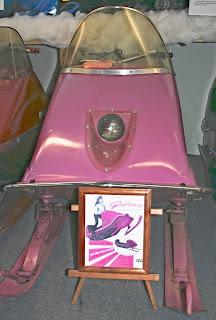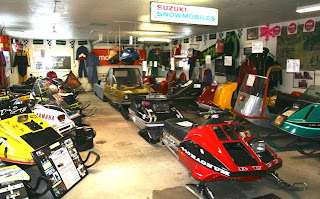 Birch Lodge remains as one of the oldest buildings in Trout Lake, MI, but what is the history of the Birch Lodge Motel? Although Birch Lodge operated with 34 guest rooms and two log cabins, apparently it wasn't large enough to meet the demands of the guests who wanted to stay there.
Birch Lodge remains as one of the oldest buildings in Trout Lake, MI, but what is the history of the Birch Lodge Motel? Although Birch Lodge operated with 34 guest rooms and two log cabins, apparently it wasn't large enough to meet the demands of the guests who wanted to stay there. John (Jack) and May Bell (Mabel) Taylor, a brother and sister who owned the lodge in the 1940's, owned seven cabins in Trout Lake across from the post office. Perhaps because of their small size (and with apologies to Walt Disney), the dimunitive structures were called the "Seven Dwarfs." After acquiring the lodge, the Taylors moved several of these to the area where the Birch Lodge Motel now stands.
John (Jack) and May Bell (Mabel) Taylor, a brother and sister who owned the lodge in the 1940's, owned seven cabins in Trout Lake across from the post office. Perhaps because of their small size (and with apologies to Walt Disney), the dimunitive structures were called the "Seven Dwarfs." After acquiring the lodge, the Taylors moved several of these to the area where the Birch Lodge Motel now stands.When Ann and Cliff Badgley purchased the property in 1954, the need for expansion must have been clear. According to a booking plans for the first week of deer season, during each year of the 1950s they had over 74 registered guests, filling the place to capacity. In 1963 they moved two cabins to the area behind the lodge (still standing as the work shop and "bait shop"), and began construction of the Birch Lodge Motel. The location between the woods and the birches takes in some of the best views of the lake. This was showcased by giving each room a large picture window looking onto the lake.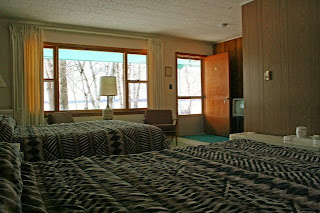 Each room included mocha colored tile in the bath with "modern" mosaic tile floors, and was fitted with very cutting edge Mid-Century Modern furniture, including Danish Modern "Z" chairs, which are retained today.
Each room included mocha colored tile in the bath with "modern" mosaic tile floors, and was fitted with very cutting edge Mid-Century Modern furniture, including Danish Modern "Z" chairs, which are retained today. The exterior and interior of the 8-unit motel retain the original "feel" offered to the first guests nearly a half century ago.
The exterior and interior of the 8-unit motel retain the original "feel" offered to the first guests nearly a half century ago.
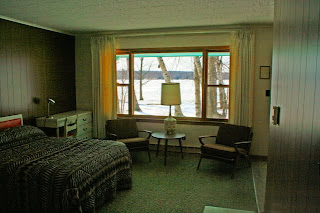
 Each room included mocha colored tile in the bath with "modern" mosaic tile floors, and was fitted with very cutting edge Mid-Century Modern furniture, including Danish Modern "Z" chairs, which are retained today.
Each room included mocha colored tile in the bath with "modern" mosaic tile floors, and was fitted with very cutting edge Mid-Century Modern furniture, including Danish Modern "Z" chairs, which are retained today. The exterior and interior of the 8-unit motel retain the original "feel" offered to the first guests nearly a half century ago.
The exterior and interior of the 8-unit motel retain the original "feel" offered to the first guests nearly a half century ago. 
